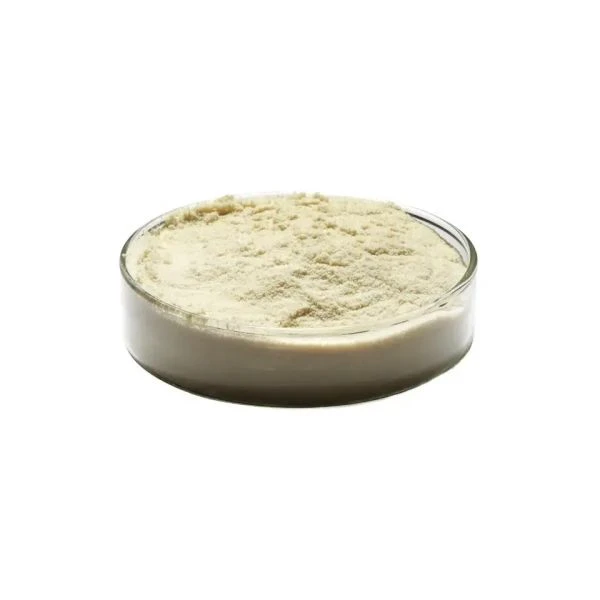
Dic . 07, 2024 10:03 Back to list
Wholesale Azoxystrobin and Chlorothalonil for Effective Crop Protection Solutions
The Importance of Azoxystrobin and Chlorothalonil in Agriculture
In modern agriculture, the demand for effective crop protection measures has never been higher. Farmers are continuously seeking solutions to combat various pests and diseases that threaten their yield. Among the plethora of fungicides available, Azoxystrobin and Chlorothalonil stand out due to their efficacy and broad-spectrum control of plant pathogens. This article aims to explore these two important fungicides, their modes of action, and their significance in sustainable agricultural practices.
Overview of Azoxystrobin
Azoxystrobin is a systemic fungicide belonging to the strobilurin class, which is derived from a naturally occurring compound found in mushrooms. Its primary mode of action is to inhibit mitochondrial respiration in fungi, effectively interrupting their energy production and leading to fungal cell death. This mode of action allows Azoxystrobin to be highly effective against various fungal pathogens including *Botrytis*, *Phytophthora*, *Pythium*, and *Colletotrichum*.
One of the notable features of Azoxystrobin is its ability to provide protective and curative effects. Farmers appreciate this dual capability as it allows for flexible application timings—be it preventive or post-infection treatment. Moreover, Azoxystrobin has a long residual activity, which means it can remain effective for an extended period after application, further shielding crops from potential fungal outbreaks.
The Role of Chlorothalonil
Chlorothalonil, on the other hand, has been a staple in crop protection for several decades. As a broad-spectrum contact fungicide, it works by damaging the cell membranes of fungal pathogens, leading to their death. Unlike Azoxystrobin, Chlorothalonil does not have systemic activity, which means that it must come into direct contact with the fungal spores to be effective. This makes timely application crucial.
Chlorothalonil is especially recognized for its effectiveness against leaf spot diseases, downy mildew, and a range of other fungal infections affecting multiple crops, including vegetables, fruits, and ornamental plants. Farmers value its versatility and reliability, making it a favored choice in integrated pest management (IPM) strategies.
wholesale azoxystrobin chlorothalonil

Combination and Resistance Management
One of the most significant advantages of using Azoxystrobin and Chlorothalonil is their complementary modes of action. When used in combination, these fungicides can enhance disease control while mitigating the risk of resistance development in fungal populations. Resistance management is a critical aspect of sustainable agriculture, as the over-reliance on a single mode of action can lead to the emergence of resistant strains of pathogens, making previously effective treatments ineffective.
By rotating or tank-mixing Azoxystrobin and Chlorothalonil, farmers can prolong the lifespan of these valuable fungicides. The combination not only improves overall efficacy against a wider range of pathogens but also promotes a healthier crop environment by reducing disease pressure and improving plant vigor.
Environmental Considerations
Sustainability is a growing concern in agriculture, and the use of chemicals like Azoxystrobin and Chlorothalonil requires careful consideration. While both fungicides have been proven effective, their application must be balanced with environmental impact. Integrated pest management strategies that include cultural practices, resistant crop varieties, and precise application timing can reduce the reliance on chemical fungicides and minimize potential negative effects on beneficial organisms.
Before application, farmers must also adhere to recommended guidelines outlined by regulatory bodies to ensure safety for both the environment and consumer health. Using these chemicals responsibly can contribute to a more sustainable farming system while still achieving high yields.
Conclusion
In conclusion, Azoxystrobin and Chlorothalonil play pivotal roles in modern agriculture by providing effective disease control for a multitude of crops. Their unique modes of action and the potential for combined use make them indispensable tools for farmers. As the agricultural landscape continues to evolve, the application of these fungicides in the context of integrated pest management and sustainable practices will be vital for maximizing crop productivity while safeguarding the environment. By embracing these strategies, farmers can ensure that they remain competitive in a challenging market, while also promoting the health of our planet.
-
Kasugamycin Fungicide: Efficient Bacterial & Fungal Control
NewsAug.02,2025
-
Emamectin Benzoate: AI-Optimized Pest Control Solution
NewsAug.01,2025
-
Best Abamectin 95% | Top Pesticide for Crop Protection
NewsJul.31,2025
-
Insecticide Spirotetramat 11% + Thiacloprid 11% SC at Good Price
NewsJul.30,2025
-
Best Abamectin SDS - Premium Quality & Reliable Safety Data
NewsJul.29,2025
-
Agrochemicals Pesticides Solutions for Sustainable Farming
NewsJul.29,2025
